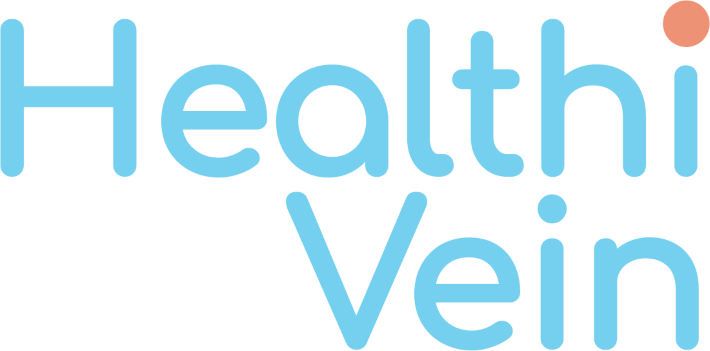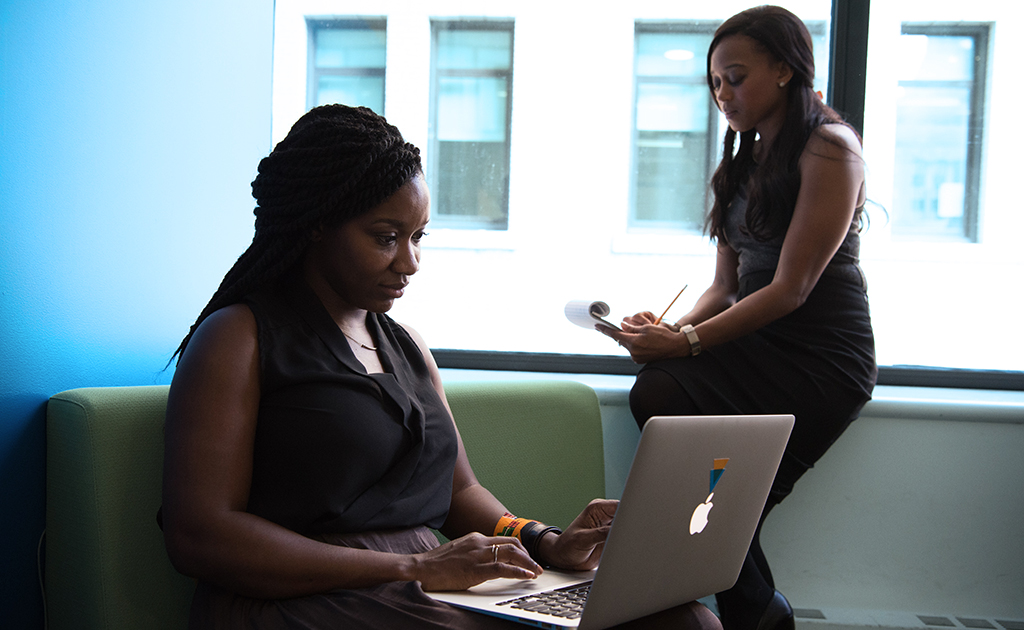What works when you sit or stand on the job?
- sitting or standing for over 7 hours a day is bad for your health
- being active helps prevent problems like varicose veins
- sitting: move more, take a break every 30 minutes, stretch
- standing: flat shoes, elevate your feet, supportive stockings
It’s your first day in a new office. There are people walking and working on treadmills, groups standing in meetings, people sitting at desks and others standing to work. What is this? It’s a workplace that has thought about the health implications of sitting or standing at work.
Is standing for hours connected with varicose veins?
The research is clear that standing for long periods – over seven hours a day – can lead to health problems. Prolonged standing can result in fatigue and lower back pain, as well as sore feet, swollen legs and varicose veins.
Gravity is not a friend of veins. When you are standing, your veins have to work against gravity to get the blood back to your heart. The muscles in your legs help move blood up your veins – as they contract they push the blood along. But when you are standing still, your muscles aren’t moving very much. Studies show that jobs that involve standing have health risks associated with varicose veins. This isn’t the only factor in developing varicose veins – there are others, like genetics, gender and age – however, prolonged standing increases your chances of getting varicose veins.
Are there problems with sitting for too long?
If standing for too many hours is bad for you, then surely a good sit down is the answer. The studies on sitting have been multiplying recently, and there is a good reason for that – we are sitting for longer and longer.
Sitting is not the new smoking, despite claims by countless newspaper. Sitting in itself is not bad for you; it is sitting for too long that is the problem.
According to Dr. Joseph Grace, vascular physician, prolonged sitting is a risk factor in the formation of Deep Vein Thrombosis: blood clots in the legs.
A connection between Deep Vein Thrombosis and long aeroplane flights has resulted in industry warnings. This is because the blood vessels in your legs are compressed when you sit, making it harder for blood to get back to your heart.
Any profession that requires immobility has risk factors. Drivers who sit in their cabs for hours are also at risk. Some transport companies advise their staff the best thing to do is to walk every half an hour or so and to try and stretch as much as possible, not just at work but also at home. Advice that may be harder to follow for long-haul truck drivers on deadlines.
Immobility and inactivity are connected to health issues
One thing is clear – sit or stand, an inactive lifestyle is not good for your health.
We are designed to move. When it comes to work, all sorts of jobs are declining in how much activity they require. Safe Work Australia found that jobs across the board, even traditionally blue-collar jobs, involve far more sitting than they used to.
It isn’t all bad news on sitting at work though. The results of Government research are mixed for the outcomes on health from looking just at occupational sitting. This is because exercise has cumulative benefits, so even if you sit at work, your level of fitness outside of work can make a difference to whether or not you develop chronic diseases as you age.
Declining activity in our lifestyles is a factor in a long list of health problems, including obesity and diabetes. Extra weight combined with gravity puts more pressure on your legs. There is a connection between a sedentary lifestyle and cardiovascular disease. So, people that don’t move have a higher chance of developing vein disorders.
Should I sit or should I stand at work?
Moving is important. Dr. Grace says that sitting and standing are both good for you – it only becomes a problem when you do too much of either for a very long time.
So, what can you do if you are if the nature of your job is to sit or stand all day?
Here are some suggestions for sitting:
- think of times that you could stand or walk during the day
- choose active options – like the stairs, not the elevator
- turn sitting tasks into walking tasks – like meetings with colleagues
- take a two-minute break every 30 minutes and move
- if you can’t leave your workstation, try stretching breaks and desk workouts.
If your job involves standing for long periods:
- walk or move as much as possible
- lie on your back and rest your legs up against a wall
- when you are sitting, raise your feet
- ask for cushioning mats so you don’t stand on hard floors
- wear flat shoes with a slightly raised heel
- use shoe inserts for support
- wear support stockings or even compression stockings.
Sit, stand, stay active. A combination of all three is good for your health.
AHPRA WARNING: Any surgical or invasive procedure carries risks. Before proceeding, you should seek a second opinion from an appropriately qualified health practitioner.
by Meredith McGowan©, member of AMWA✝ (HealthiVein 2019)

